I’m forever on a quest to discover why I like what I like. Join me on a foray into ‘types’ of fictional characters and why we as readers like them.
Who or what are socially disadvantaged characters?
Socially disadvantaged characters are those who are oppressed by their society. They have little power to change the (sometimes horrific) world they live in. They are often children, poor, slaves or people of a marginalised race.
For all this, these socially disadvantaged are often the heroes of their tales. In ‘rags-to-riches’ narratives the reason for this is obvious, but there are many other stories where they play central parts – so why are they so popular?
Examples of socially disadvantaged characters
Oliver – Oliver Twist
Black Beauty – Black Beauty
Buck – Call of the Wild
Diamond – At the back of the North Wind
Collin – Sparrows in the Scullery
Tom, Topsy, all the slaves – Uncle Tom’s Cabin
Dickie – Harding’s Luck
Sam, all the main characters – The adventures of Sam
Remus Lupin, Dobby – Harry Potter
Katniss, Cinna, anyone in the games – Hunger Games
Note: The reason I have not included every character in every dystopia, because they only fit this ‘trope’ if they are disadvantaged to a greater extent than the others in their (already disadvantaged) society.
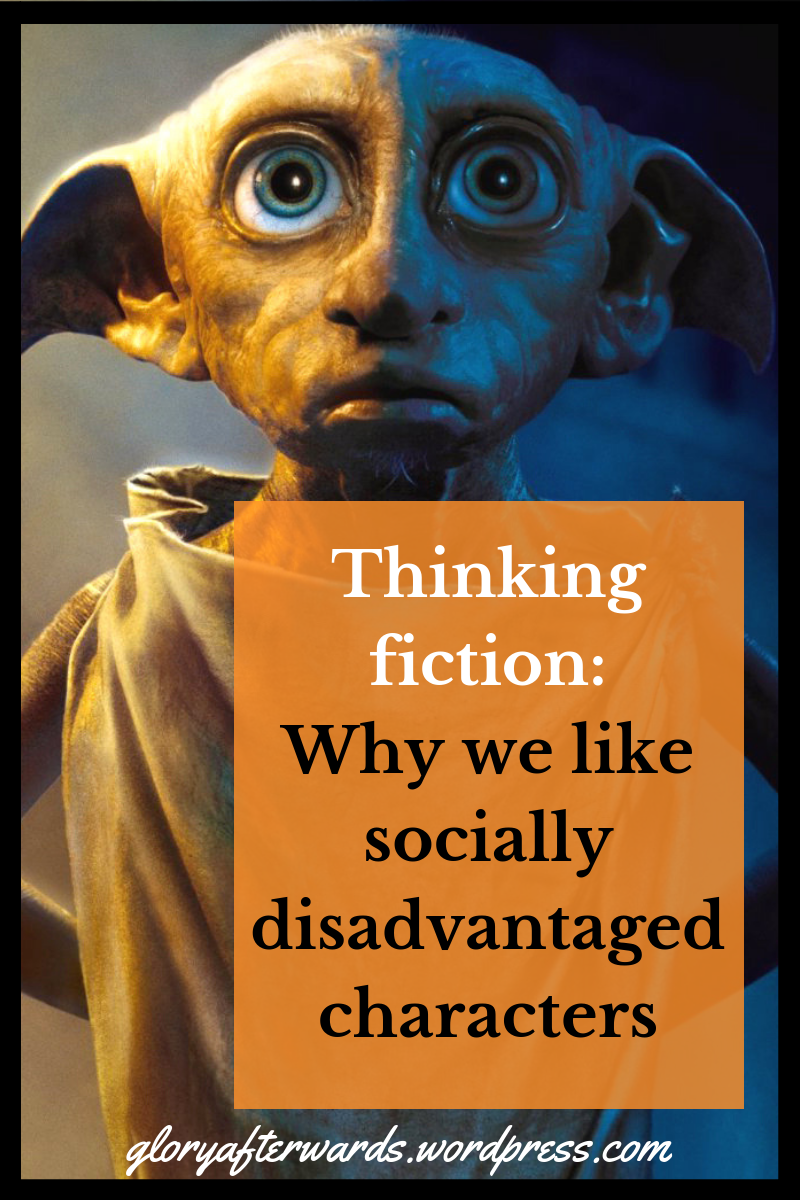
Socially disadvantaged characters written well
When written well these socially disadvantaged characters:
- Are brave examples of what it looks like to live in a fractured society
- Demonstrate how to proceed in the face of injustice
- Bring us hope that things can ‘get better’
- Remind us that the world is not always a very nice place to live in
- Spark our own ambition by showing us someone with (often) greater trials
- Make us feel as though we are not alone in our own areas of powerlessness
- Explore the depths of man’s cruelty and the heights of his courage
- Spur us to leave behind cowardice
Socially disadvantaged characters written poorly
- Are portrayed as door-mats, good because they acquiesce to evil for no reason other than evil is the greater force
- Have little personality beside their ‘powerlessness’
- Have to be dragged through the plot because they never develop any agency
- Are surrounded with other characters who dote upon them and sympathise to the extent that the reader is no longer required to do so
- Are written as ‘holy’ or good for no other reason than that they suffer
- Are innately ‘good’ in an evil world, becoming predictable and repetitive in their choices
Why is this character type popular?
The reaction to these disadvantaged and often abused characters is intriguing, and differs depending on the age of the reader.
Older readers
I have found that middle-aged and older readers often react with indignation and some scepticism. ‘How terrible!’ or ‘Surely it really wasn’t as bad as that?’ They are also more likely to feel the need (vicarious or otherwise) to ‘rescue’ the characters from their fates or their world.
From observation, readers in this age bracket are often quick to identify a character’s life as ‘unfair’ or a system as ‘unjust’. In this manner they are slightly removed from the action, presiding in judgement as well as empathy.
Nevertheless, middle-aged readers often enjoy these characters, simply because they come with so many obstacles to overcome. The ambition of a disadvantaged character is much more complex and terse than the ambition of a multi-million dollar CEO.
Young readers
In comparison, children or young adult readers seem much more willing to accept the suffering of a disadvantaged character. They appear to dwell less on the fact that ‘this is wrong’ and more on ‘how will the character remain human in this situation?’
There is an acceptance of powerlessness and abuse, and a sense of greater affinity with stories with characters like these. There is empathy based on experience – because all children, however loved and protected, know that some people have power (adults) and others do not (minors). They know personally that oppression exists, even if it is only ‘perceived’ oppression, such as ‘you must eat your vegies’.
In this sense every book with a younger protagonist could be said to be a book with a socially disadvantaged protagonist.
This in turn breeds a prurient curiosity in young readers. If powerlessness exists – and they already know it does – what forms can it take? How far does it extend? In other words, what dangers are out there in the world? Could someone take everything from me? And how do I live when it is?
What about you?
Do you enjoy reading about these types of characters? If so, is it for the reasons above? I’d love to hear from you!
Image courtesy of harrypotter.wikia.com
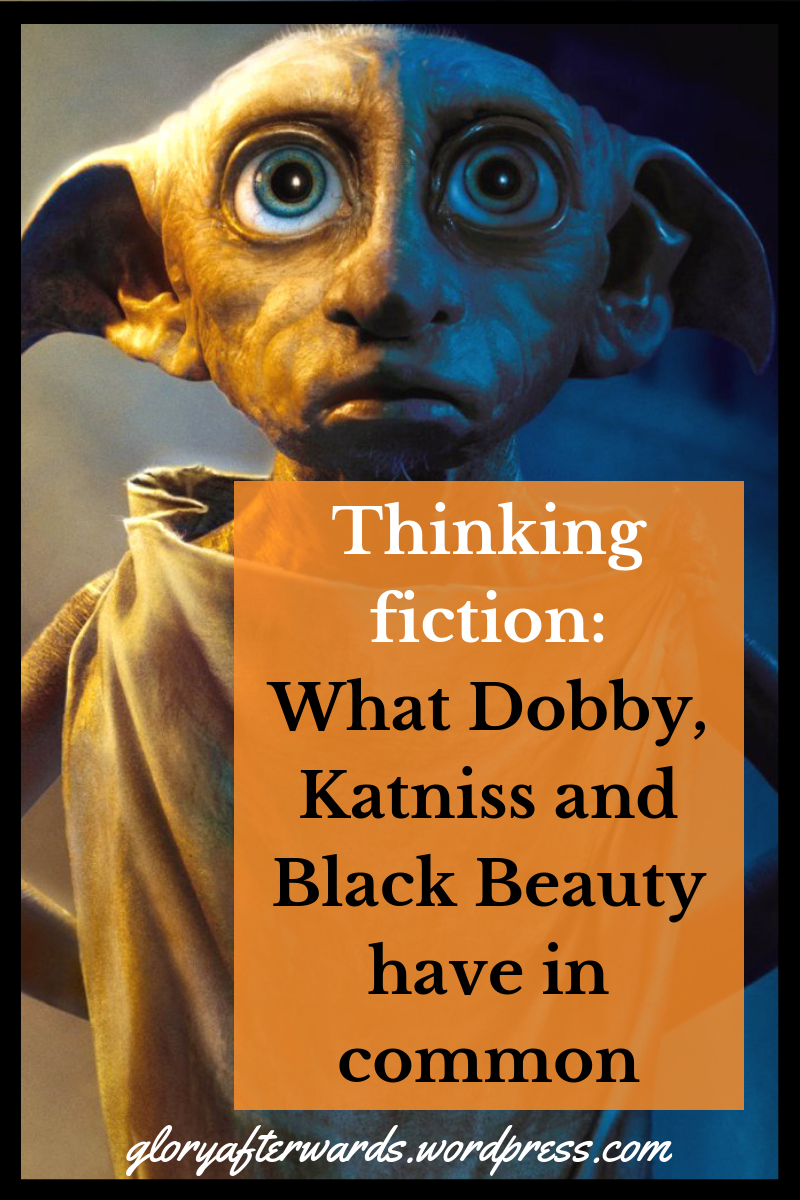


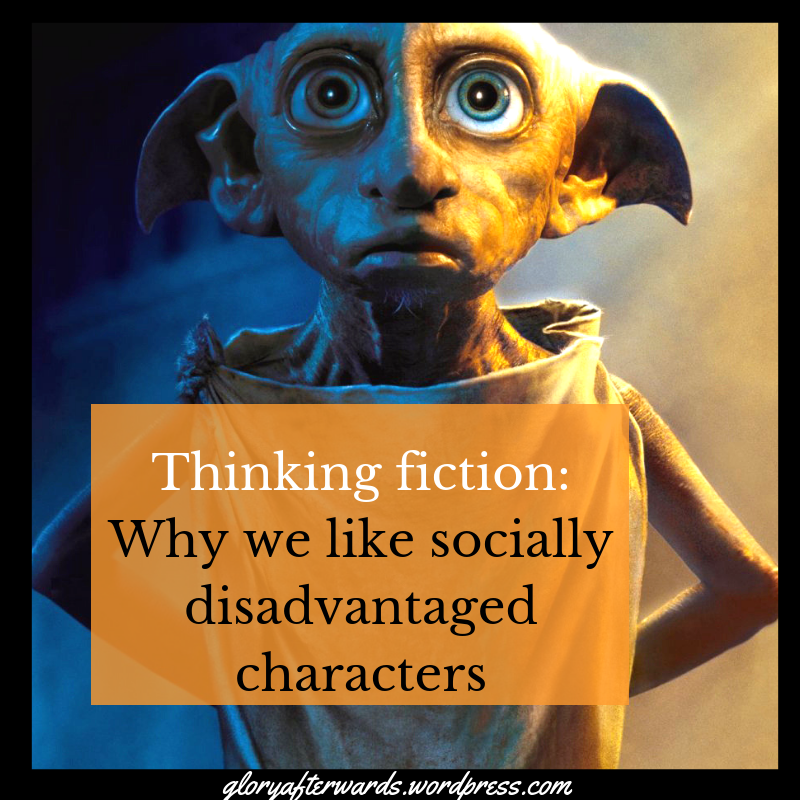


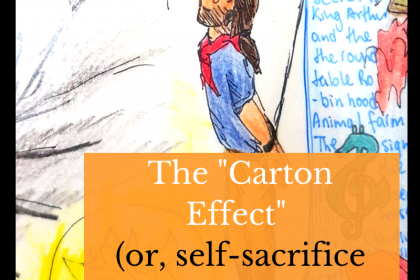

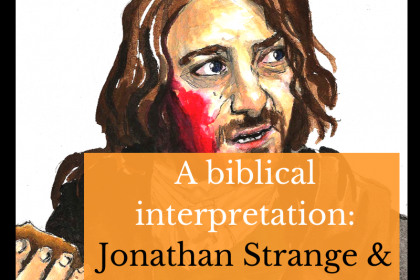


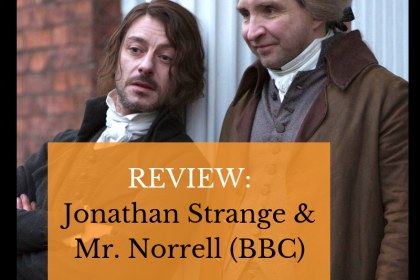
[…] forever on a quest to discover why I like what I like. This is part of my foray into ‘types’ of fictional characters and why we as readers like […]